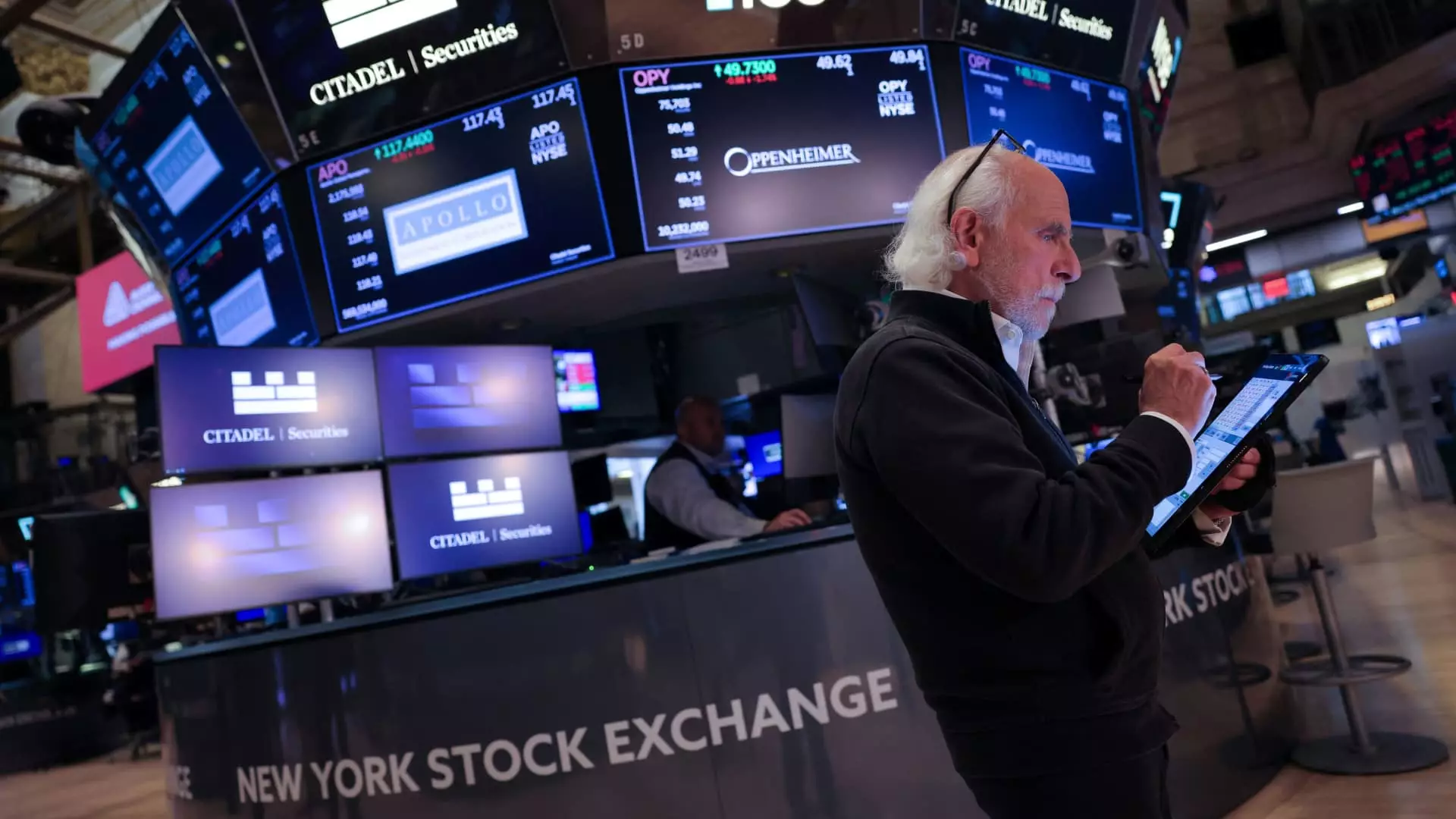In today’s rapidly shifting financial landscape, investors remain keenly aware of market trends highlighted by stocks’ performances and sector rankings. The latest insights reveal a mixed bag for various sectors within the S&P 500, particularly consumer staples, as well as noteworthy movements in international investments influenced by policy adjustments in China.
Consumer staples have emerged as a focal point for analysts, currently holding the sixth position out of the 11 S&P sectors. The sector has showcased a solid increase of approximately 16% so far in 2024. Major players within this segment reveal contrasting performances; Walmart is a standout, surging by 53% throughout the year, reflecting strong consumer demand and operational resilience. Following closely is Kellanova, which demonstrated a 44% increase, while Costco managed a notable 36.6% gain year-to-date.
However, not all names in this sector have fared as well. Walgreens, Dollar Tree, and Lamb Weston are among the significant underperformers, each grappling with steep declines. Lamb Weston has faced a drastic downturn, plummeting 40% in 2024, while Dollar Tree’s struggles culminated in a 50% drop. Walgreens has been hit even harder, with a staggering 67% loss this year. This disparity within the sector raises questions about consumer behavior and retail strategies as they navigate a post-pandemic economy.
Turning to the international scene, particularly China’s market dynamics, recent governmental measures aimed at bolstering economic activity have sparked renewed investor interest. The response has been significant, particularly regarding Chinese exchange-traded funds (ETFs). The KraneShares China Internet ETF (KWEB) experienced a remarkable 10.3% surge, positioning it just 8% shy of its 52-week high reached in May. A robust weekly performance, up 16%, reflects bullish sentiment amidst foreign investment encouragement.
The iShares MSCI China ETF (MCHI) and iShares China Large-Cap ETF (FXI) reported similar favorable trends, with both ETFs observing increases of approximately 9% and nearing pent-up highs. The FXI notably jumped 9.8%, culminating in a substantial 31% growth within a three-month window. This favorable performance mirrors the anticipated rebound of Chinese stocks in light of supportive monetary policies.
In contrast, the technology sector faces more complex challenges. Micron Technology, a significant player in the semiconductor space, has suffered a 32% decline over the past three months, standing 40% below its peak in mid-June. What’s more puzzling, however, is the dichotomy in performance: while it has seen a 36.5% appreciation over the last year, the more recent plummet raises concerns about demand fluctuations and competitive pressures in this critical industry.
The nuances illustrated in today’s market movements underscore the need for investors to remain vigilant and informed. From consumer staples to international influences, the diverse performances across sectors reveal intricate interconnections that define the market’s landscape. As we approach future trading sessions, understanding these dynamics will be crucial for navigating investments effectively and adapting to the ever-evolving financial terrain.

